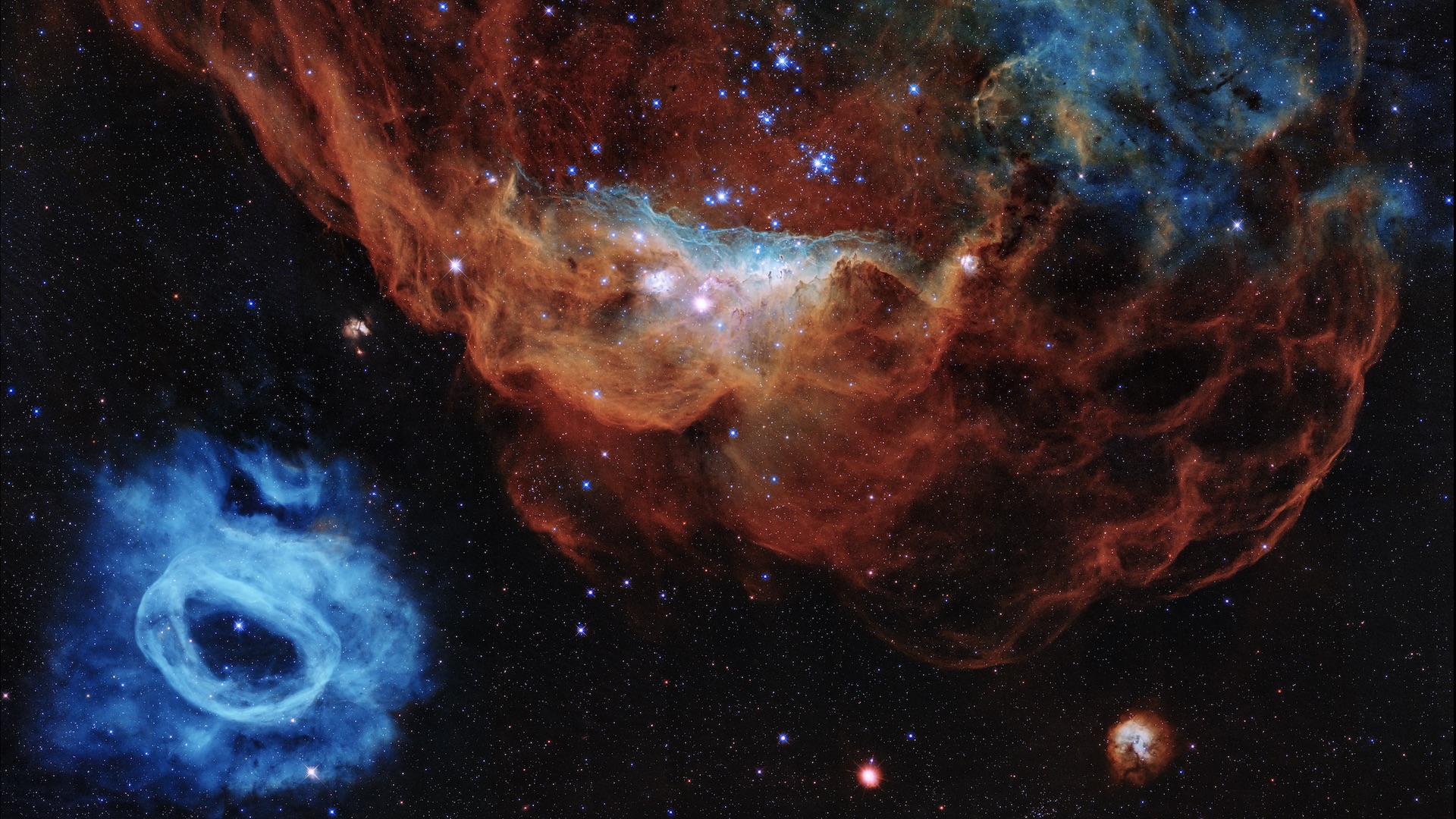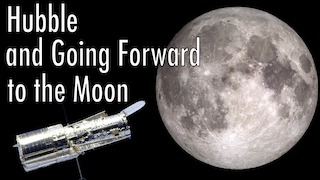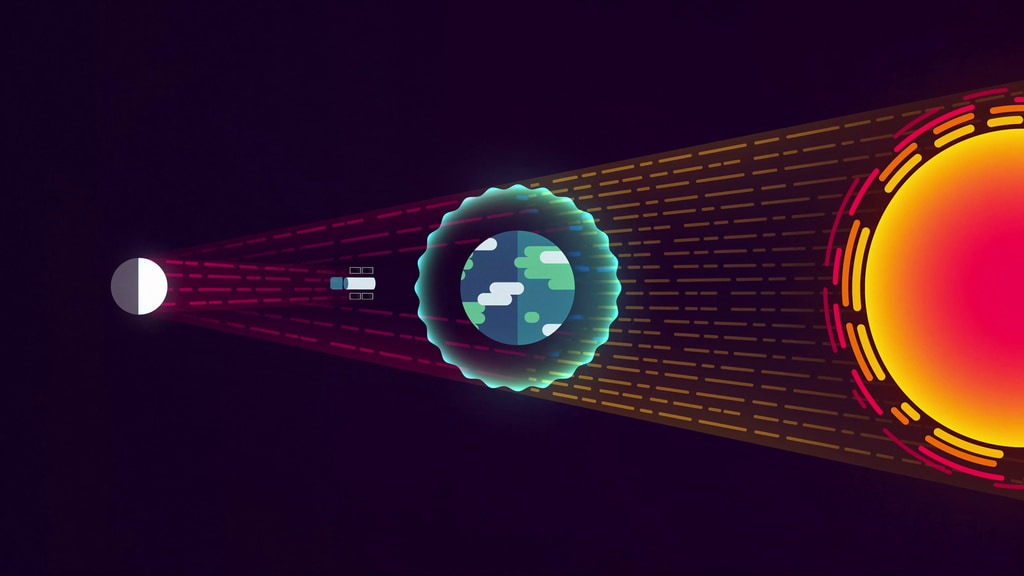Hubble Views the Moon to Study Earth
Taking advantage of the total lunar eclipse of January 2019, astronomers, using NASA’s Hubble Space Telescope, have measured the amount of ozone in the Earth’s atmosphere.
The method used serves as a proxy for how they will observe earthlike planets around other stars in search for worlds similar to our own.
For more information, visit https://nasa.gov/hubble.
Visualizations:
NASA/GSFC: K. Kim — Moonbounce Animation
ESA, NASA and L. Calçada (ESO) — Artist's concept of exoplanet orbiting Fomalhaut
ESA, Hubble, M. Kornmesser —Absorption Lines & Exoplanets
NASA/GSFC: Chris Smith — TOI 700 system transit Animation
ESA, Hubble, M. Kornmesser & L. L. Christensen — HD 189733b transiting its parent star (artist's impression)
ESA, ESO/L. Calçada, M. Kornmesser & L. L. Christensen (ESA/Hubble) — Exoplanet Transit Method
Videos & Images:
NASA Goddard Space Flight Center
European Space Agency
Space Telescope Science Institute
January 2019 Moon Image taken by Kevin Hartnett
Artbeats Stock Footage — Footage of leaf
Pond5 Stock Footage — Footage of weeping willow
footagefirm — Footage of sunrise and clouds
Music Credits:
“Life Unplanned” by Paul Saunderson [ PRS ]. Abbey Road Masters [ PRS ], and Universal Production Music
Master Version
Horizontal version. This is for use on any YouTube or non-YouTube platform where you want to display the video horizontally.
Vertical Version
This vertical version of the episode is for IGTV or Snapchat. The IGTV episode can be pulled into Instagram Stories and the regular Instagram feed.
Credits
Please give credit for this item to:
NASA's Goddard Space Flight Center
-
Producer
- Paul R. Morris (USRA)
-
Animators
- Krystofer Kim (USRA)
- Chris Smith (USRA)
- Martin Kornmesser (ESA)
-
Photographer
- Kevin Hartnett (NASA/GSFC)
Release date
This page was originally published on Thursday, August 6, 2020.
This page was last updated on Wednesday, May 3, 2023 at 1:44 PM EDT.




